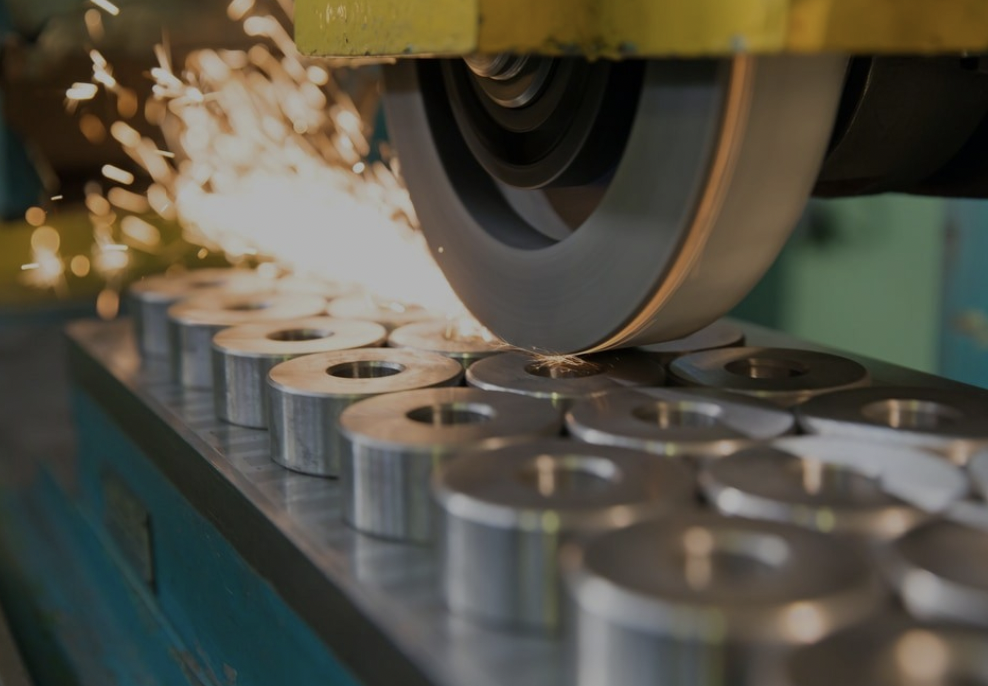Polishing Surface Finish Service
Surface finish plays a pivotal role in determining a wide range of products aesthetic appeal, functionality, and overall quality. Polishing is a meticulous and transformative process among the different methods employed to enhance surface characteristics. Polishing surface finish is not merely about creating a visually pleasing exterior but involves a sophisticated interplay of techniques and materials to achieve optimal smoothness, cleanliness, and durability.
Polishing is the process of reducing the surface roughness of a workpiece using mechanical, chemical, or electrochemical effects to achieve a bright and smooth surface. It modifies the surface of metal parts with abrasive grains and polishing tools or other polishing media.
Types of Polishing Surface Finish
Electrolytic Polishing
Electrolytic polishing is also known as electrochemical polishing or anode polishing. The main principle of electrolytic polishing is similar to chemical polishing in that the dissolving liquid dissolves small protrusions on the surface to produce a smooth surface. However, when compared to chemical polishing, the cathode reaction is eliminated, and the polishing effect is improved. Electrolytic polishing removes material from metal workpieces, reducing surface roughness and improving surface finish by leveling micro peaks and valleys.
Mechanical Polishing
Mechanical polishing is a technique that relies on cutting and plastic deformation of the material’s surface to achieve a smooth surface by removing polished protrusions. Mechanical polishing is mostly done by hand with grinding rods, felt wheels, and sandpaper. Auxiliary tools such as turntables can be used for particular parts such as rotating bodies, and precision polishing can be used for high surface quality needs. In ultra-precision polishing, a unique polishing abrasive tool rotates at high speed on the surface of the workpiece in an abrasive-containing polishing liquid. This technology, the best among various polishing methods, can achieve a surface roughness of 0.008m.
Chemical Polishing
A smooth surface is produced during chemical polishing because the micro-protruding portion of the material surface dissolves more easily in the chemical medium than the concave portion. A passivation layer forms on the metal surface as a result of the solution’s and the galvanic couple’s influence during the chemical polishing process. Chemical polishing directly leads to the smoothing of micro-roughness and the concurrent dissolution of the upper layer.
The process can polish several metal components at once as well as intricately shaped workpieces. After chemical polishing, the surface roughness is roughly Ra10m.
If you have any polishing project please feel free to contact: enquiry@abcrapid.com.

Search
Recent Post













